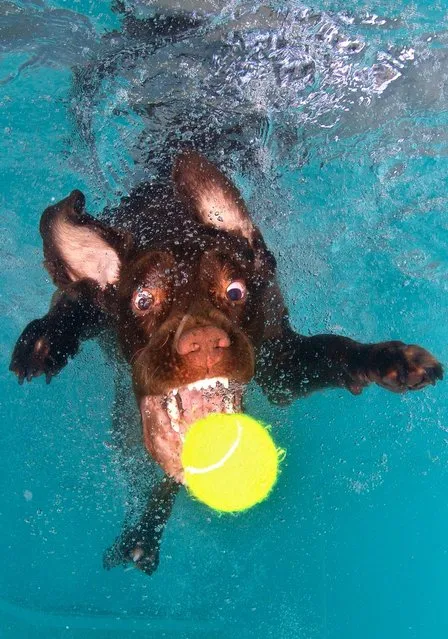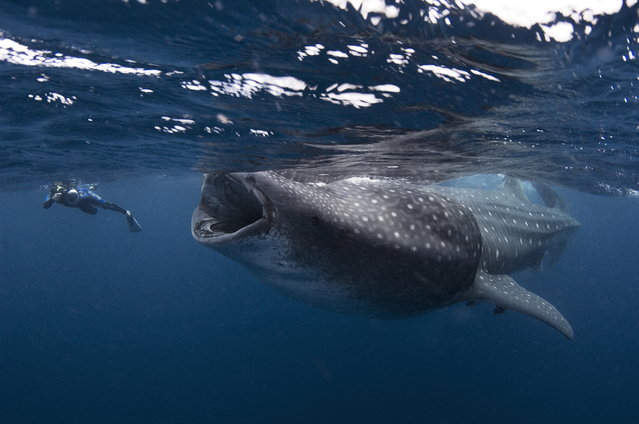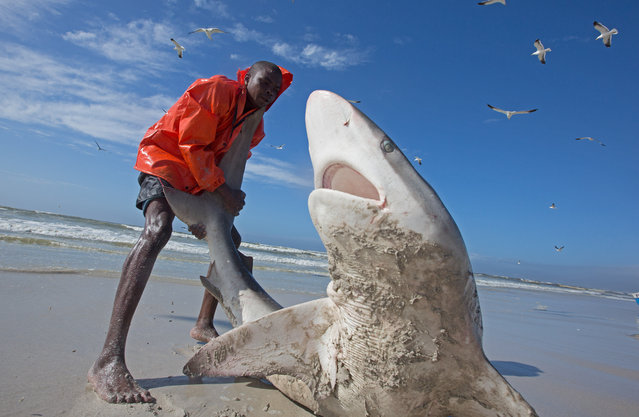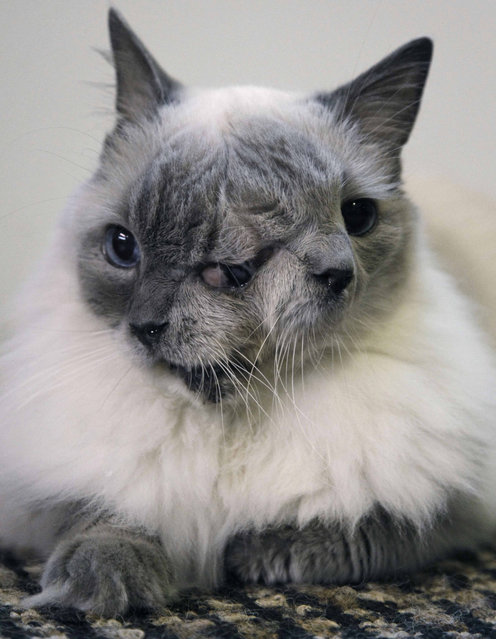
Photographer Lucy Ray says she has been scratched by the pooches who are diving underwater to try and catch a tennis ball. Their wide-eyed desperation has been captured by a specialist underwater photographer who admits she has been bitten and scratched by the pooches who only had eyes for the ball. Lucy Ray, 34, said: “A dog could have the cutest face on land but as soon as they get in the water they can be terrifying. Their eyes bulge and teeth shoot out of their mouth just like an alien as they try to catch the ball”. (Photo by Lucy Ray)
15 Sep 2014 10:47:00,post received
0 comments







